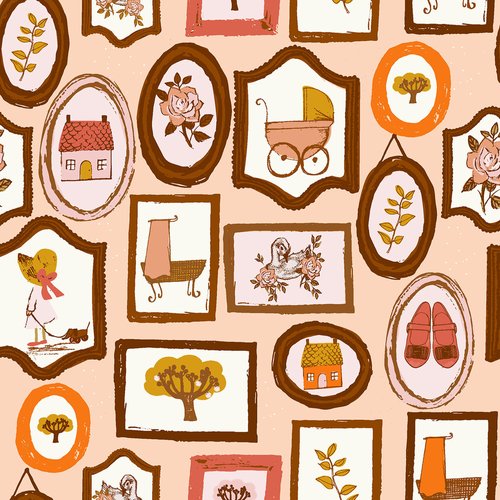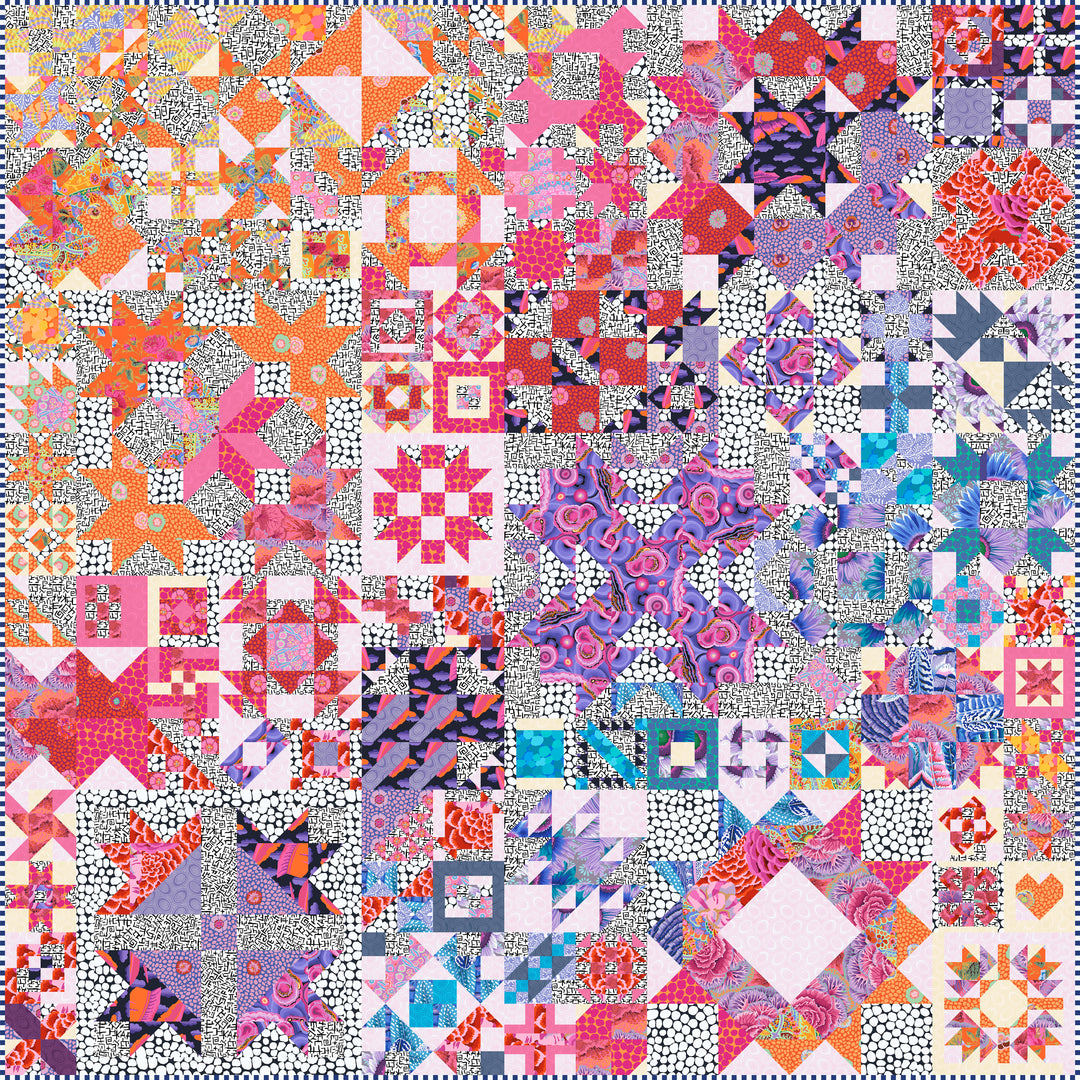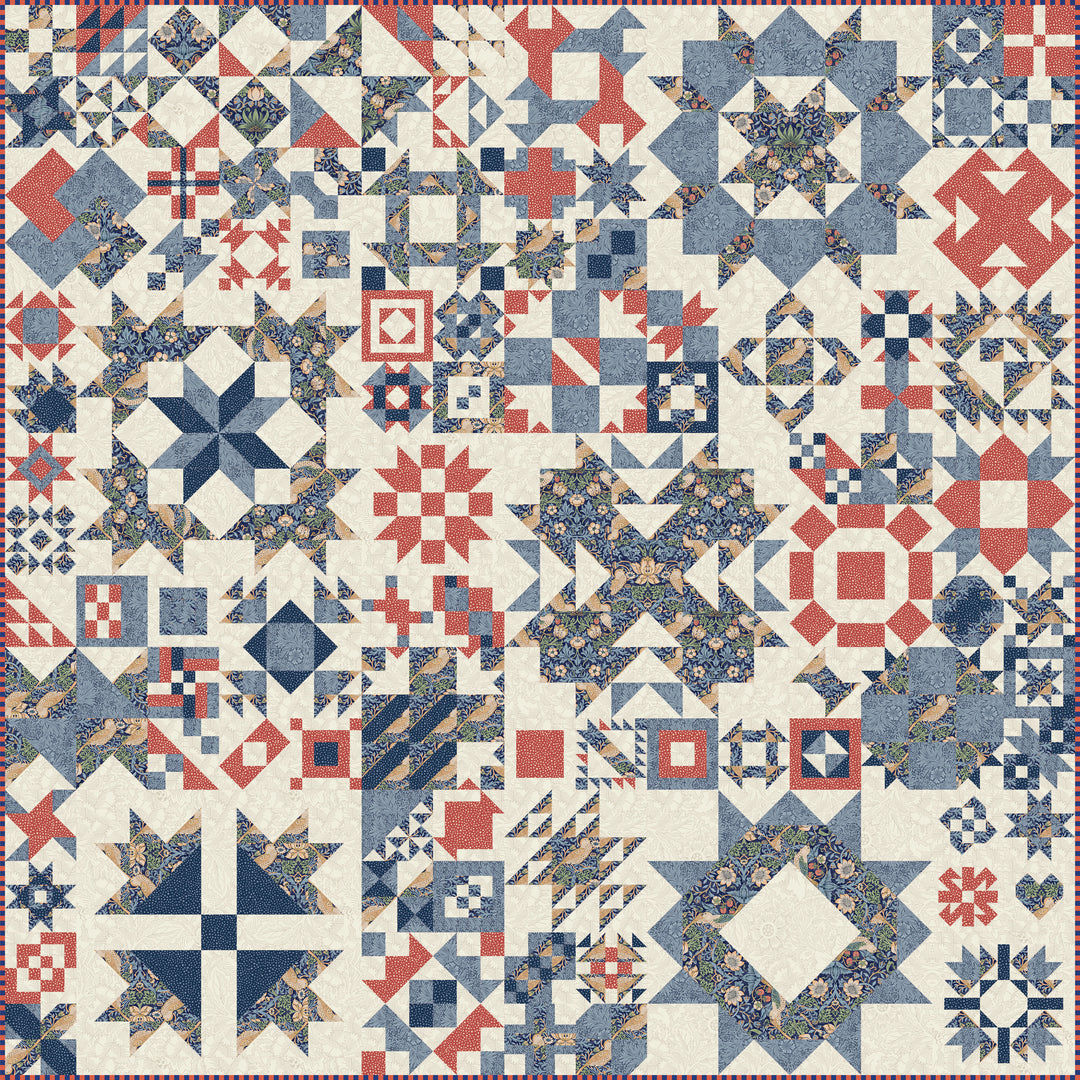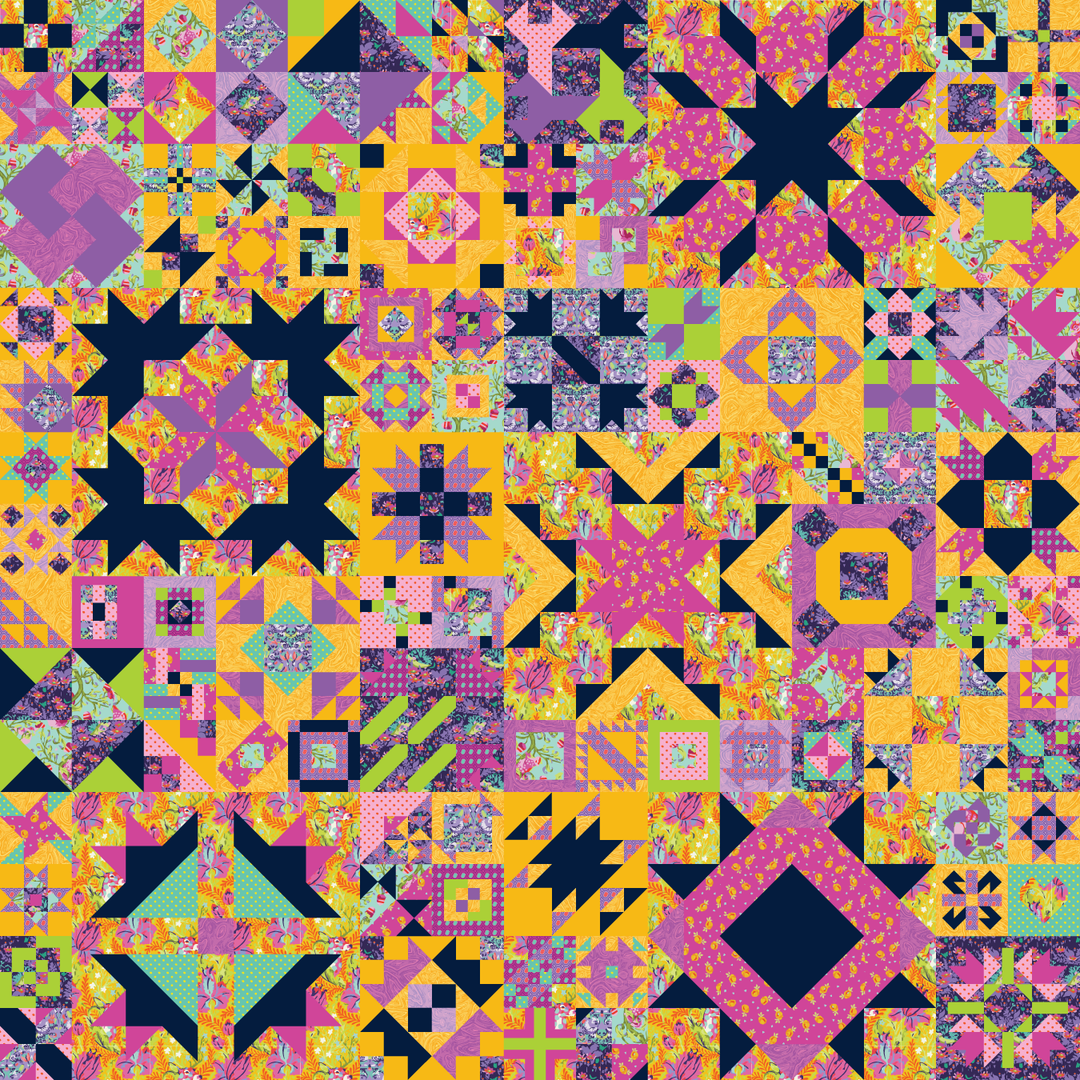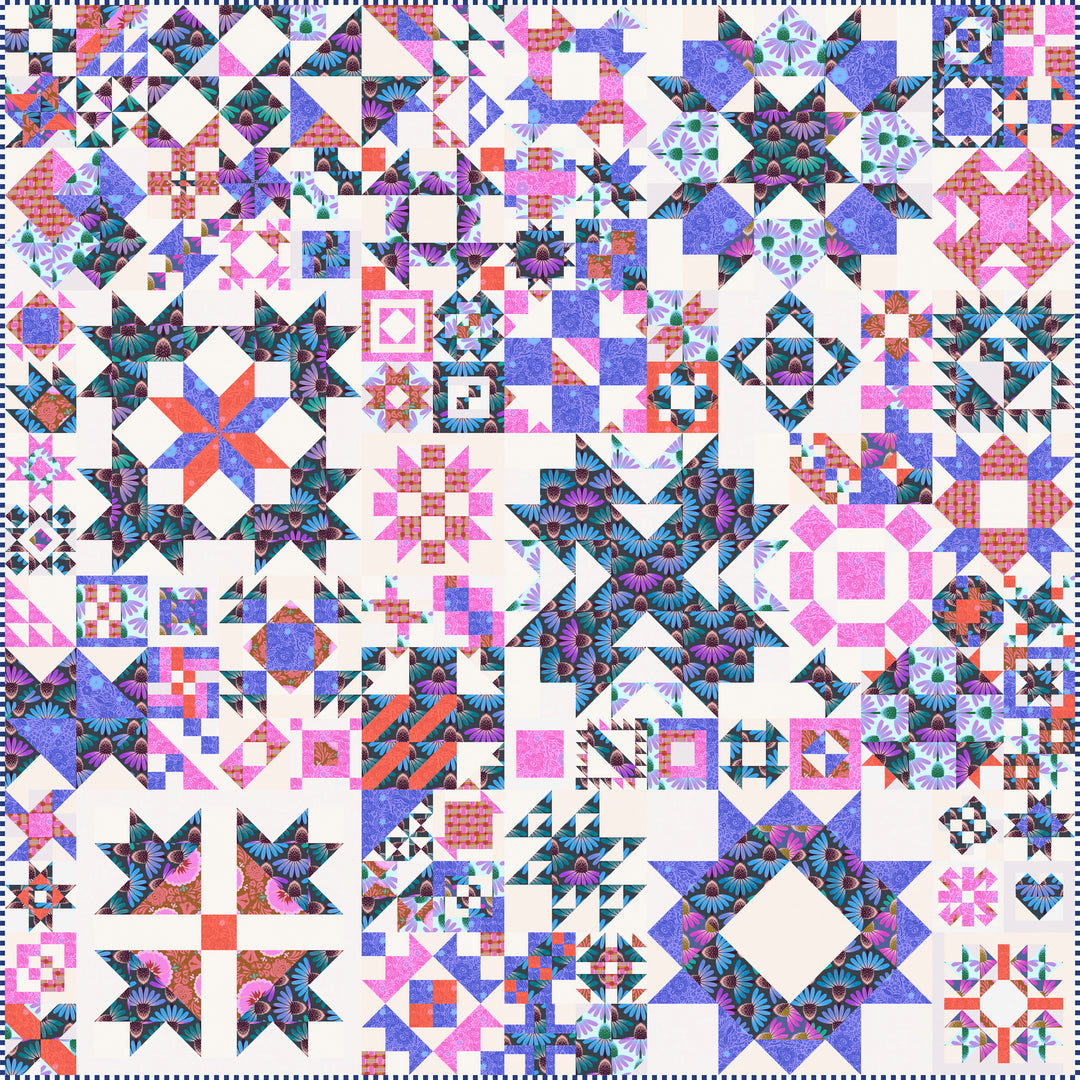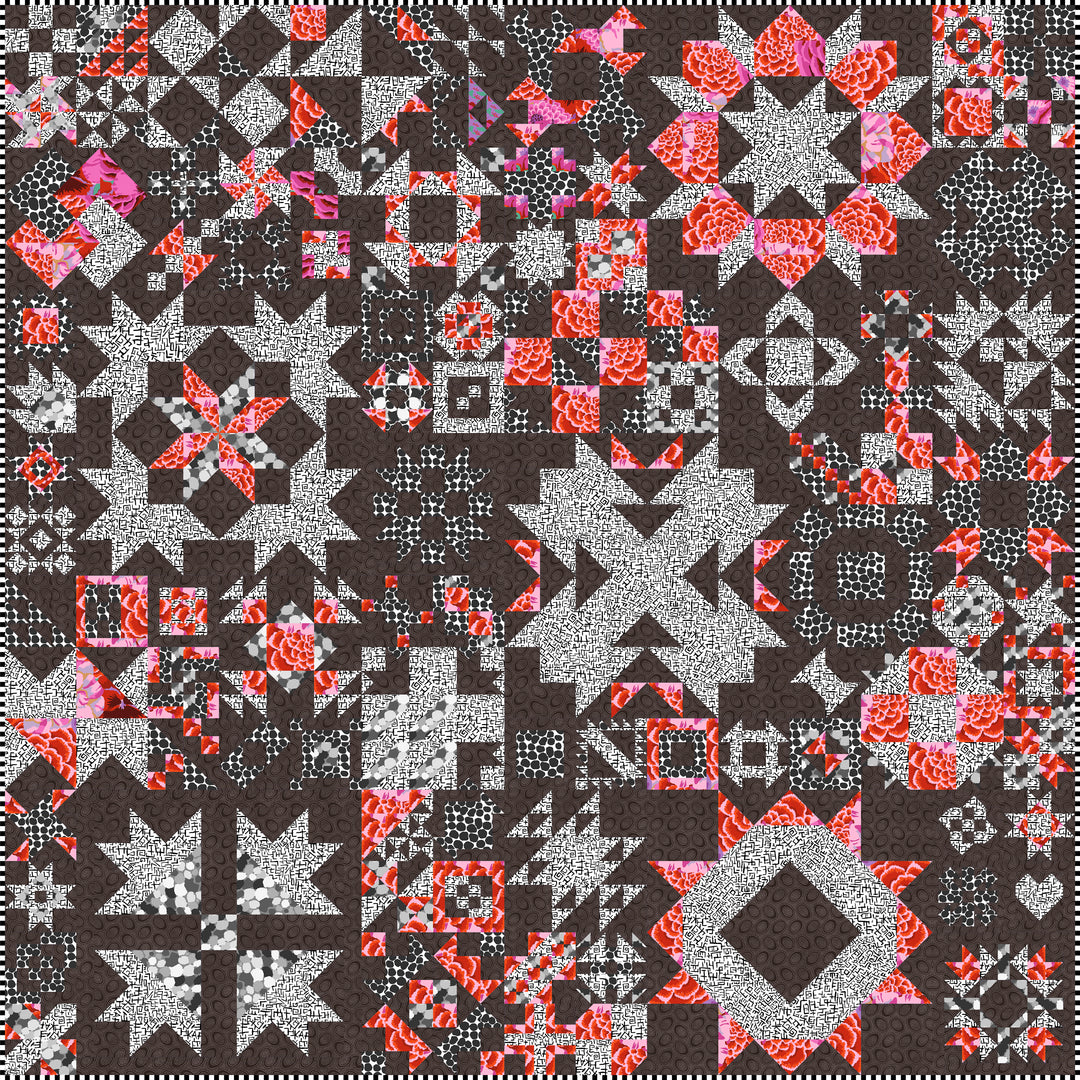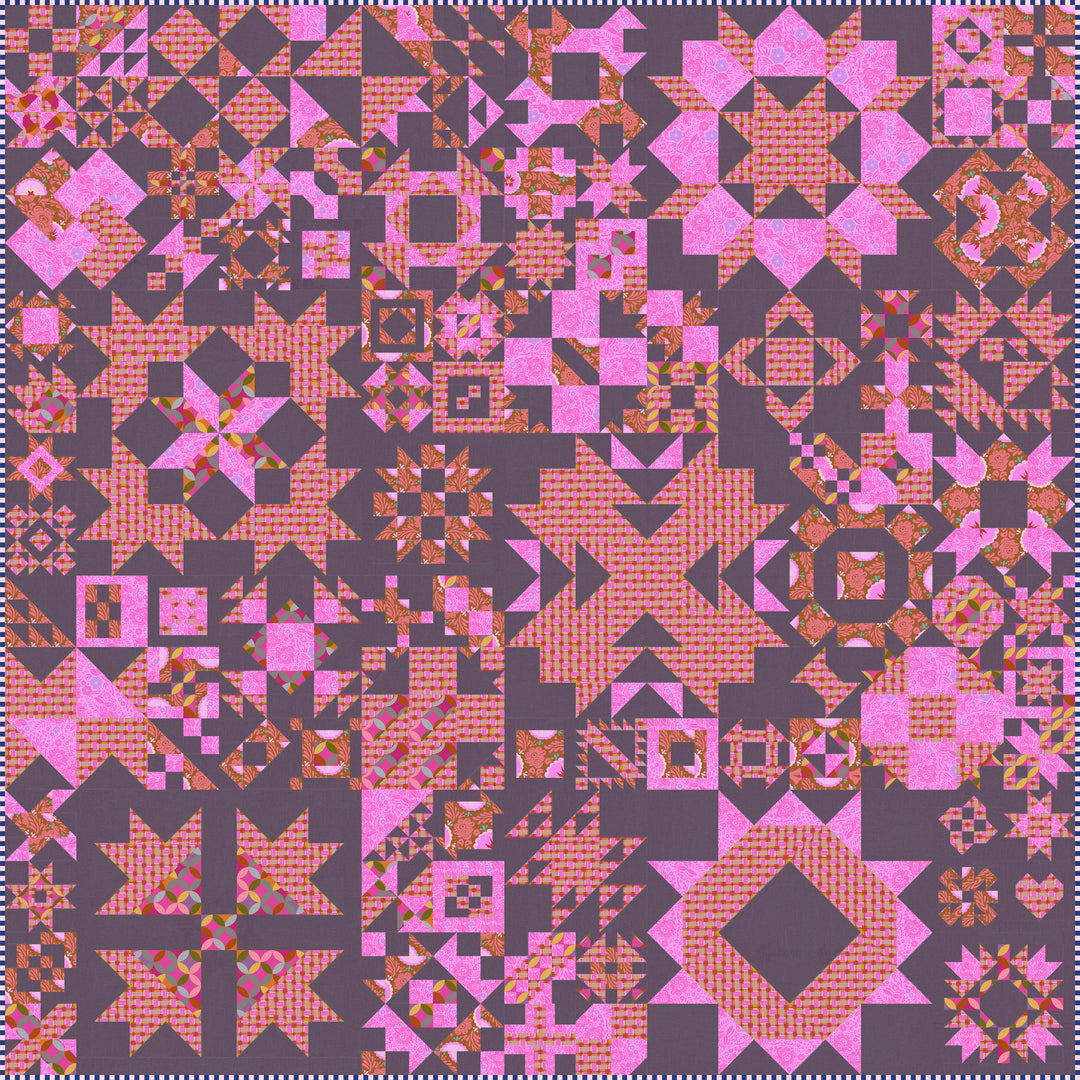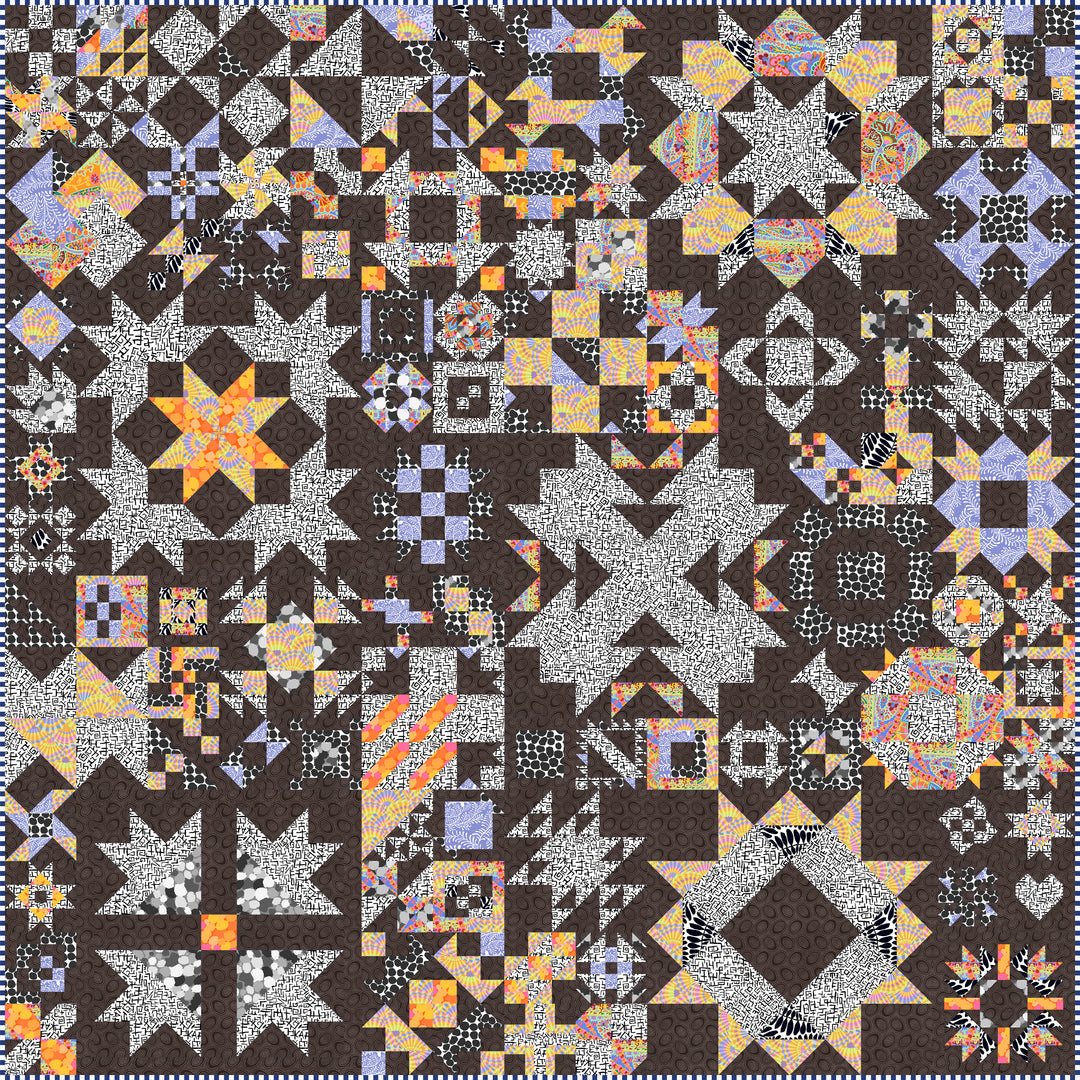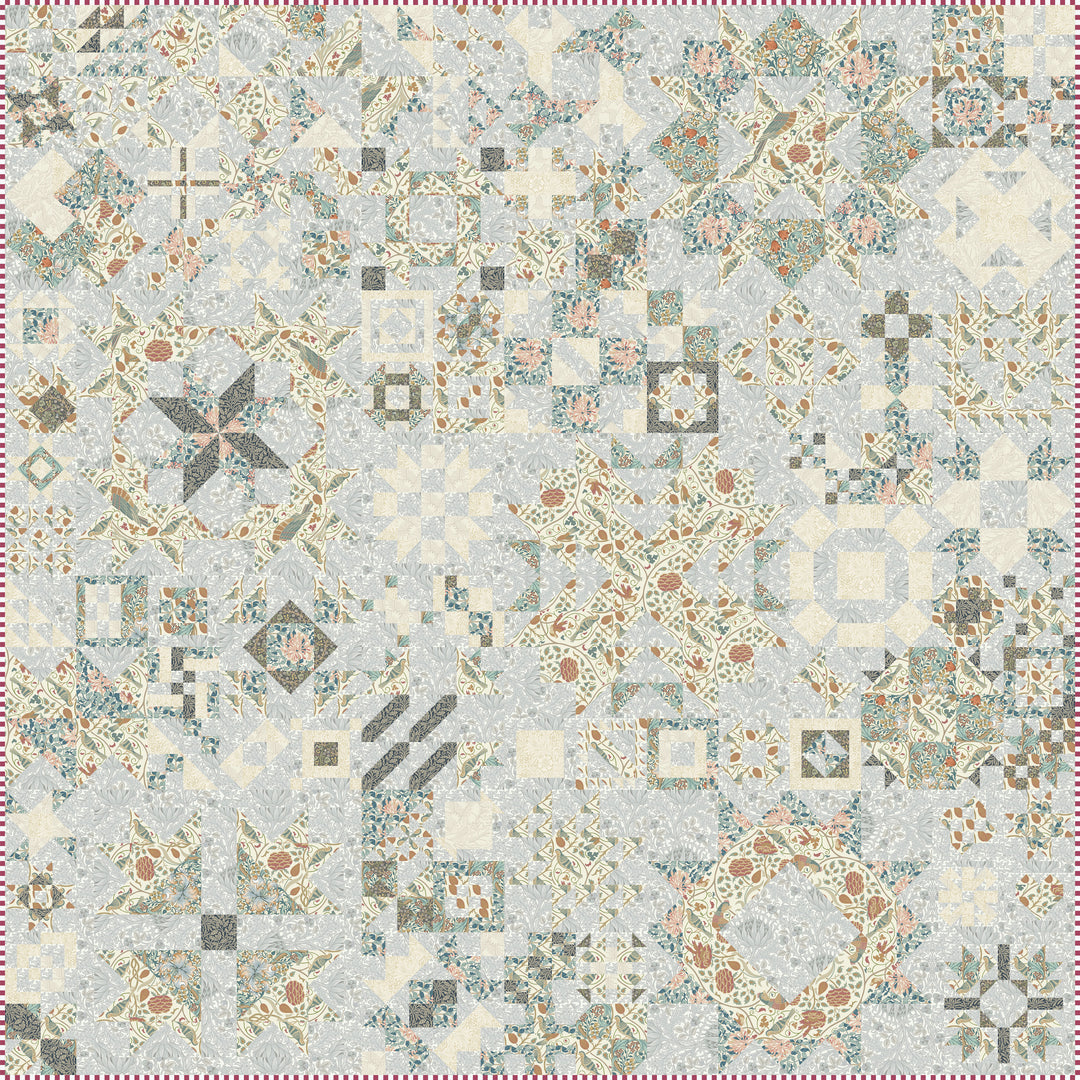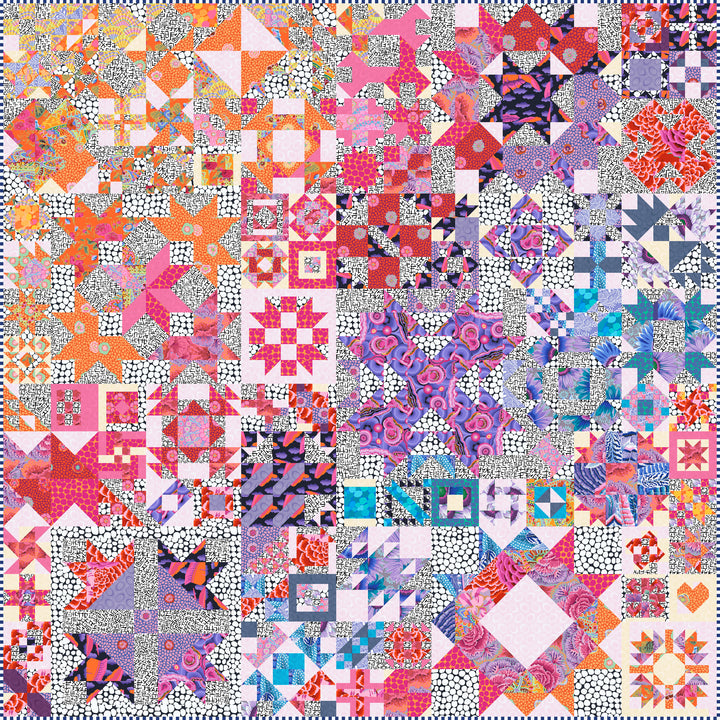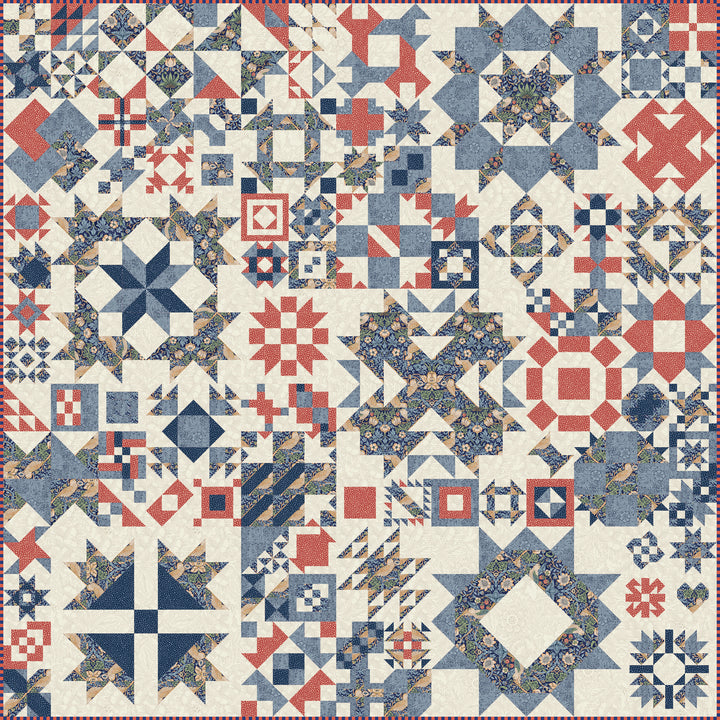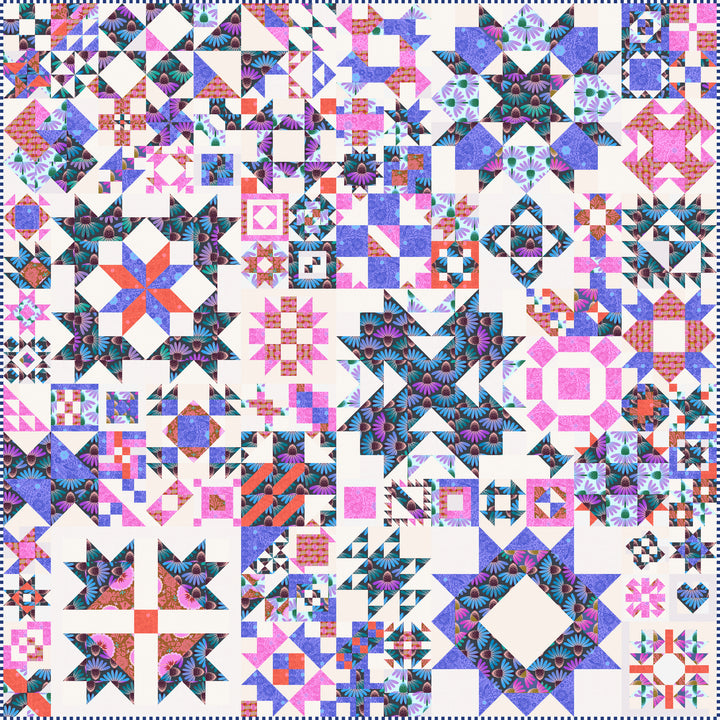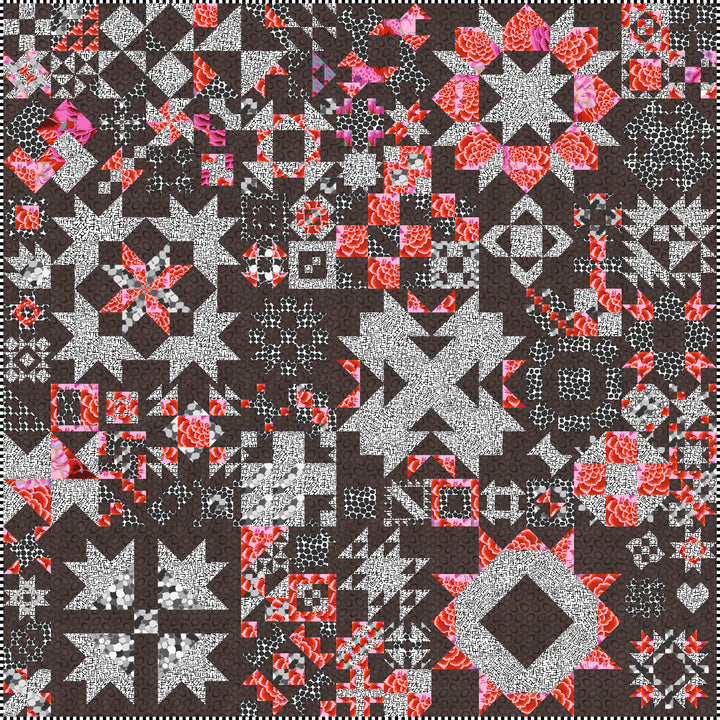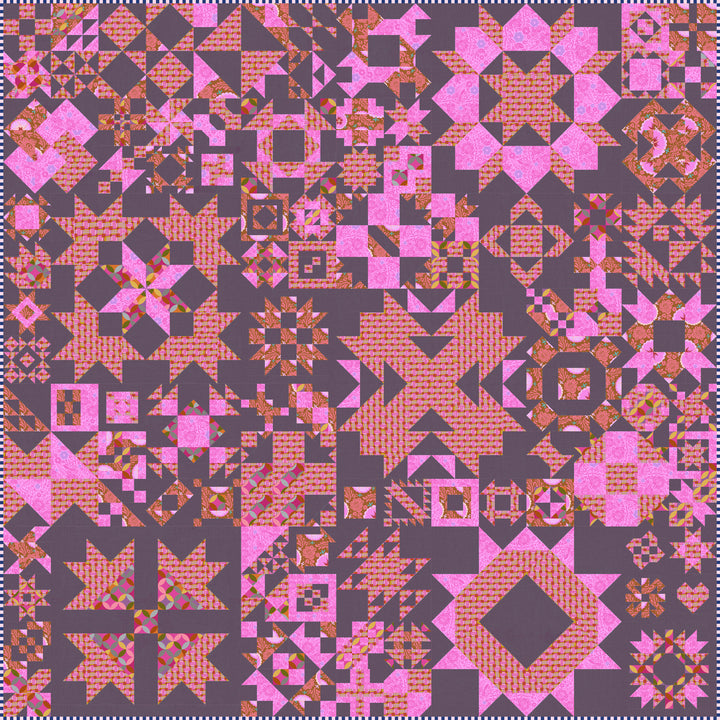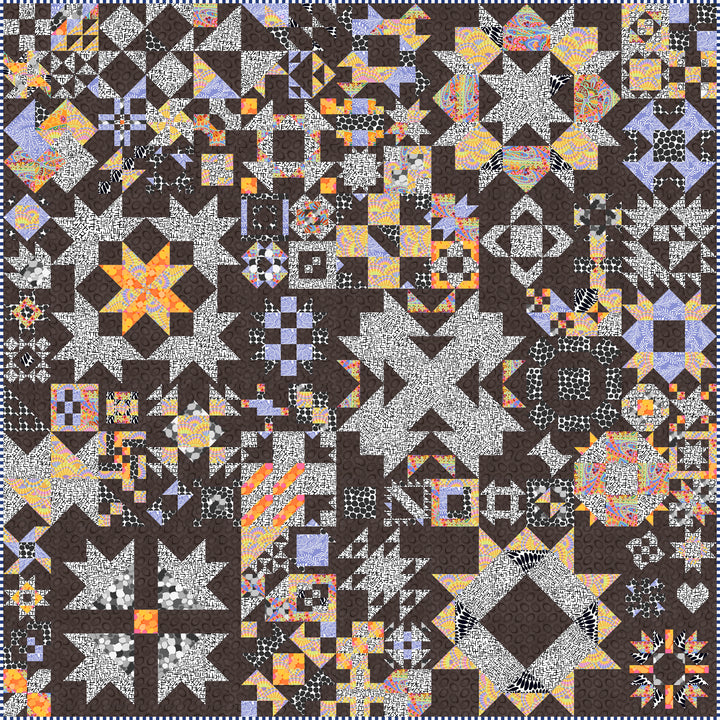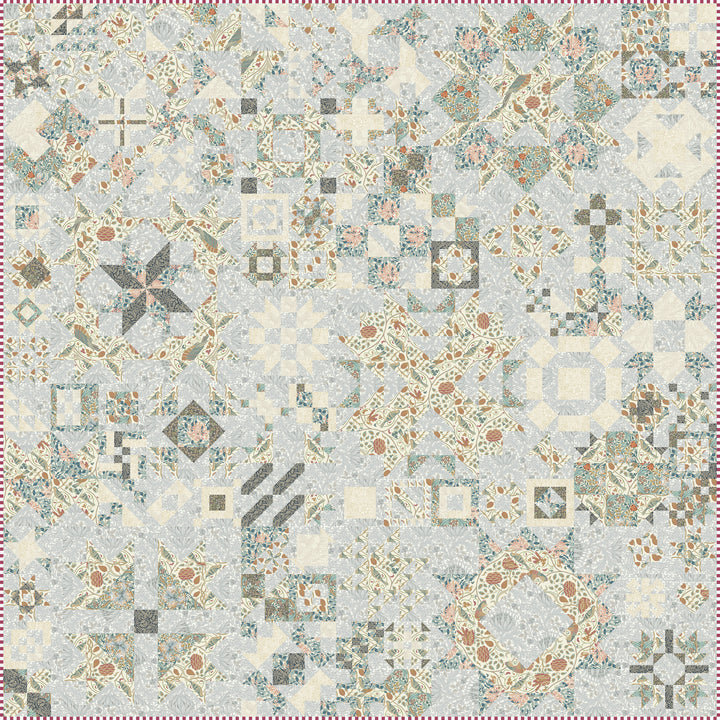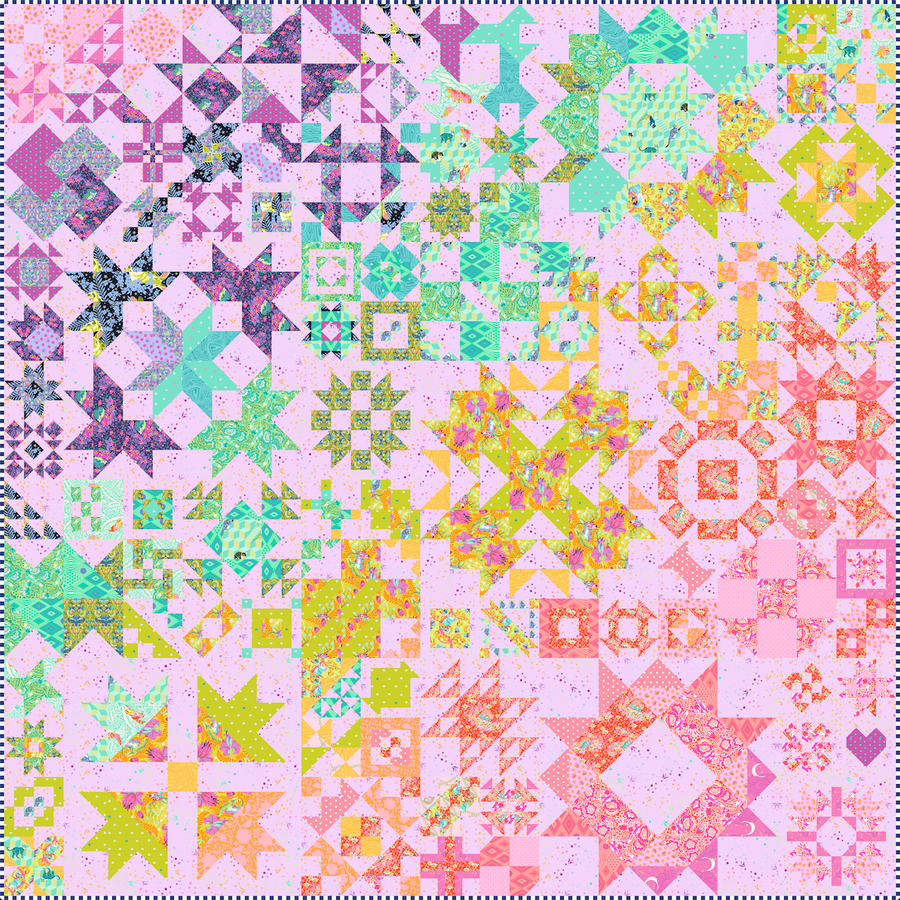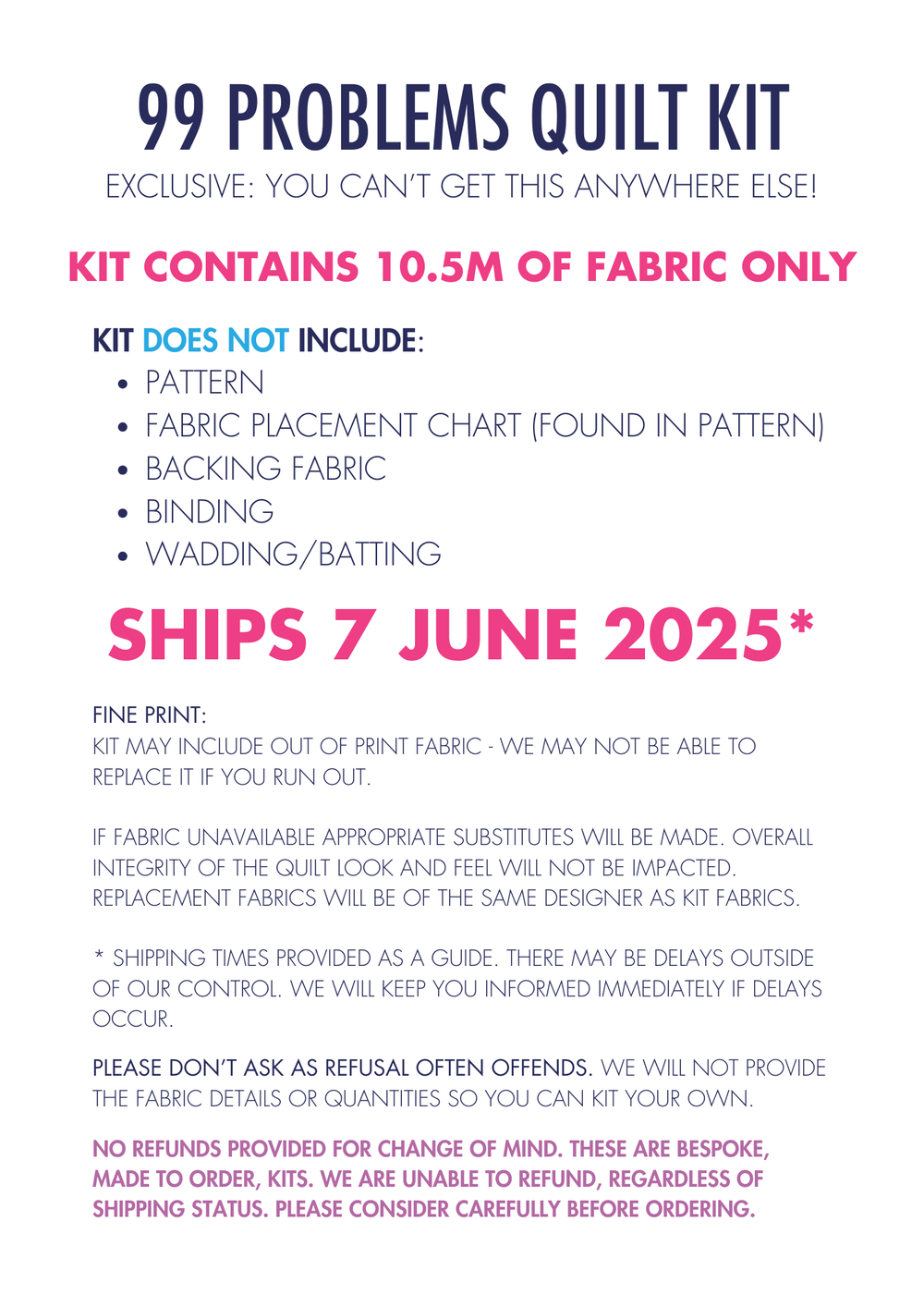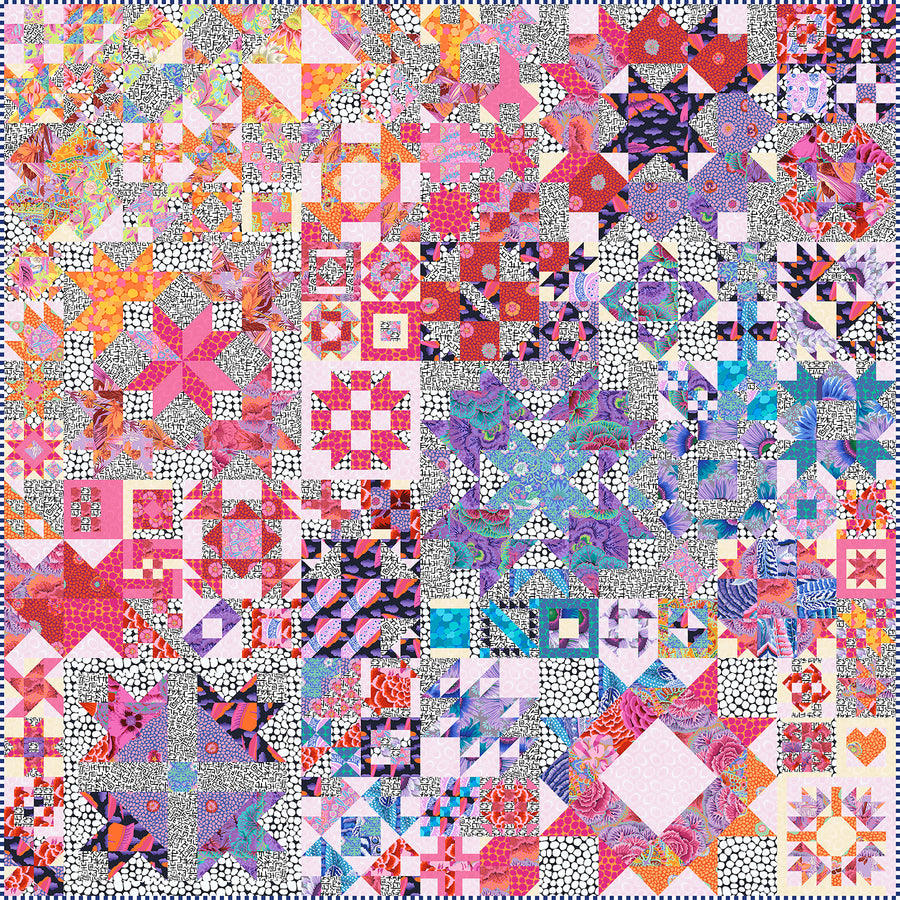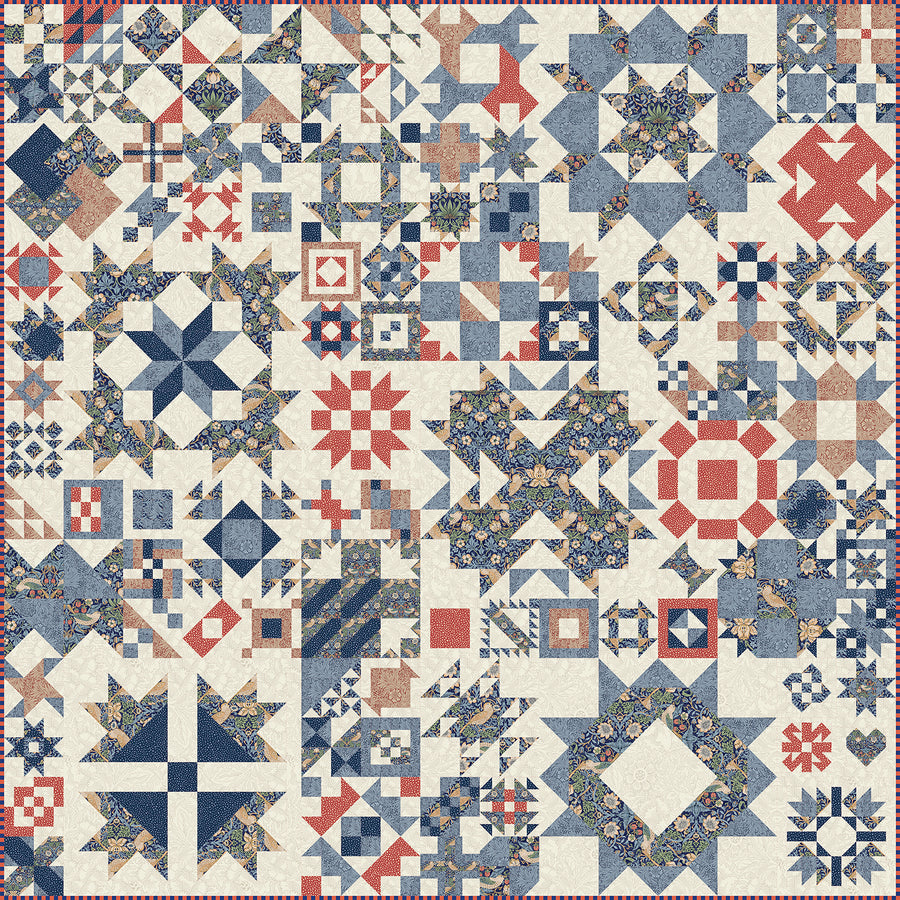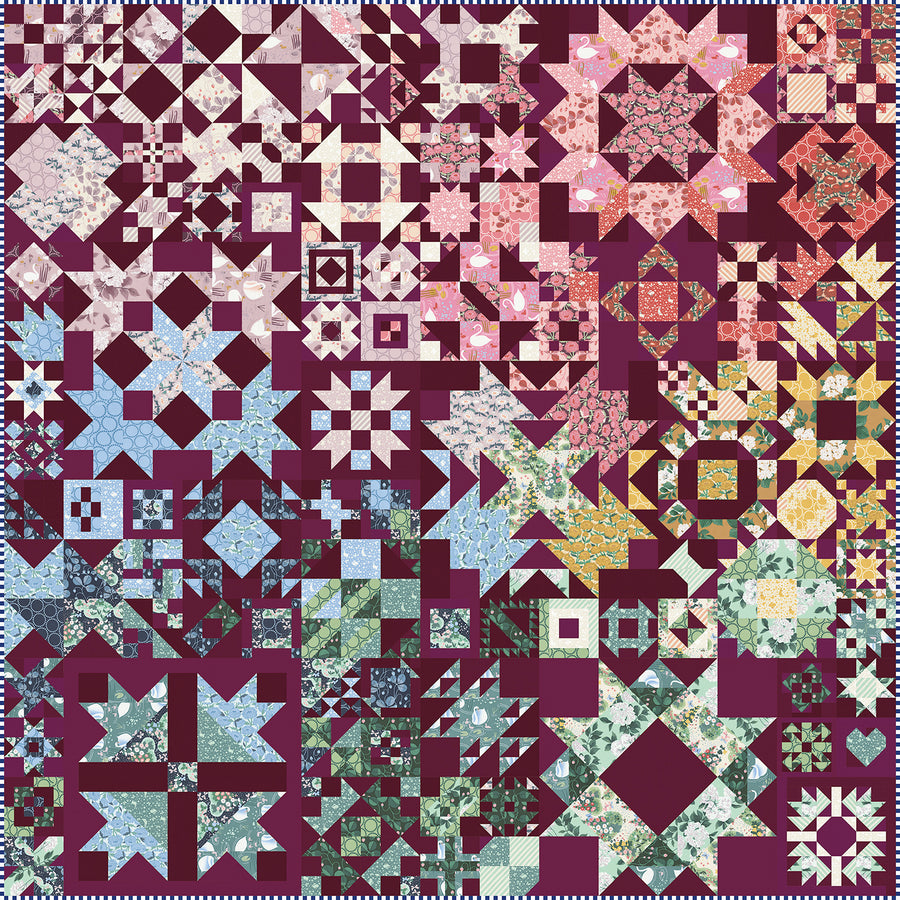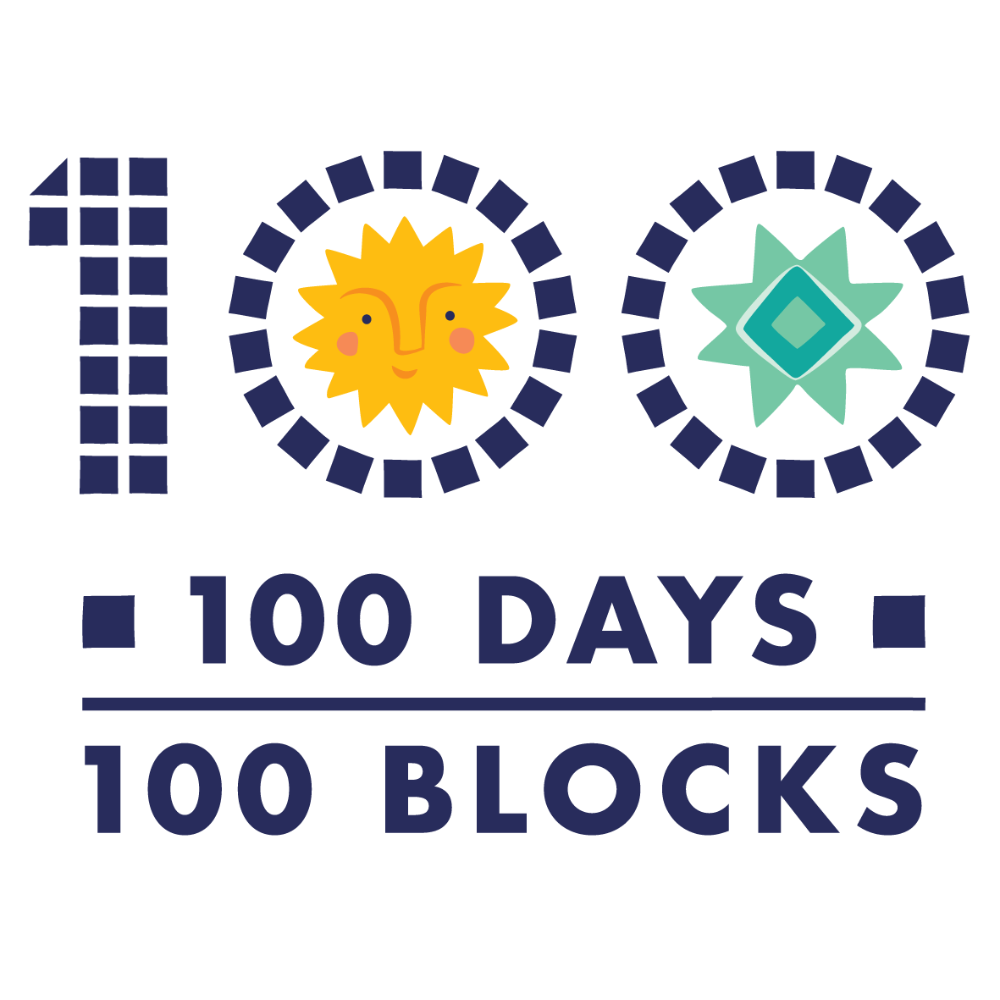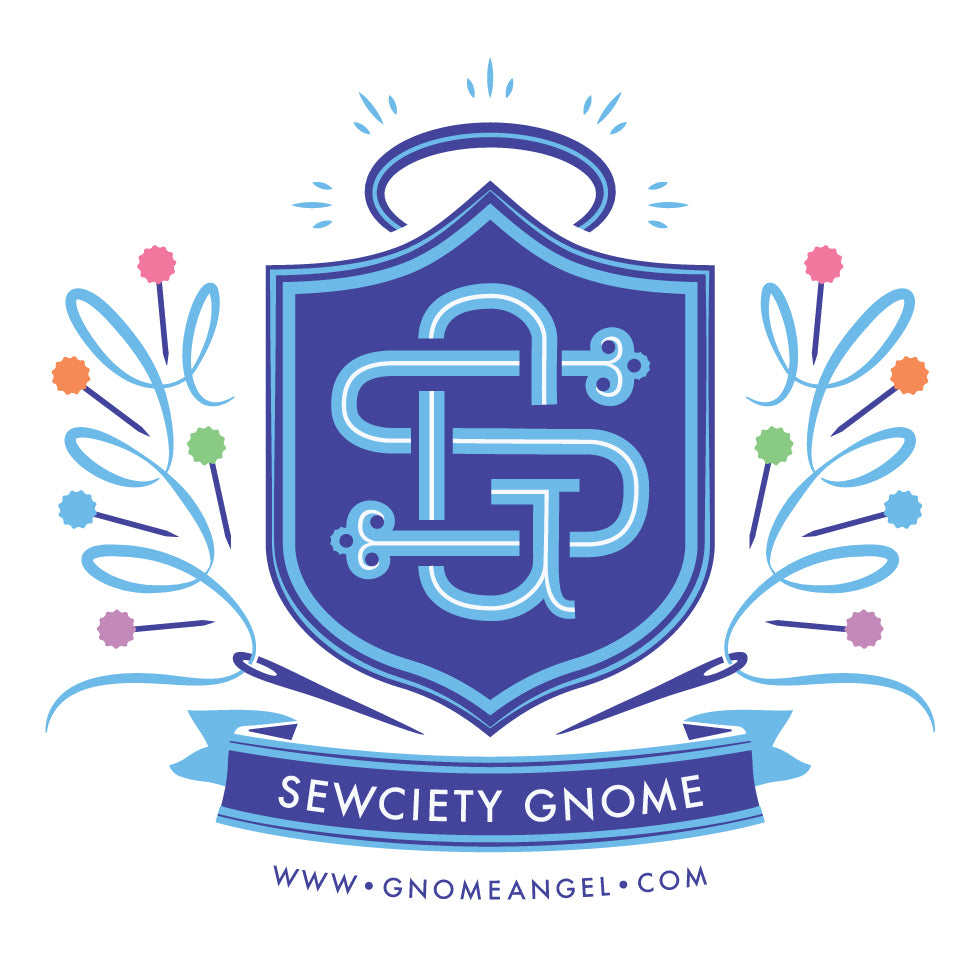Flying Geese Colouring Page
Print this page as many times as you like and use coloured pencils or markers to audition different colour combinations when planning your quilt. Or cut printouts apart and tape the strips together in different combinations to design a new quilt.
In the diagram shown below, there are 5 rows of Flying Geese strips and 6 strips between them. The size of this quilt is dependent upon the size of the Flying Geese units, which is dependent on the size of the templates used to make them. The strips between the rows of geese are half as wide as the Flying Geese units.
To determine the finished quilt size, add up the widths of all the rows (say the Flying Geese were made with Set Q templates; five rows of 5"-wide geese and six 2.5" wide strips) to determine the width of the quilt (40"). Count the Flying Geese units in one row (20) and multiply that number by the length of one Flying Geese unit (2.5") to determine the length of the quilt (50"). Add top and bottom strips (+ 2.5" each = 55". Quilt would be 40" wide by 55" long).



